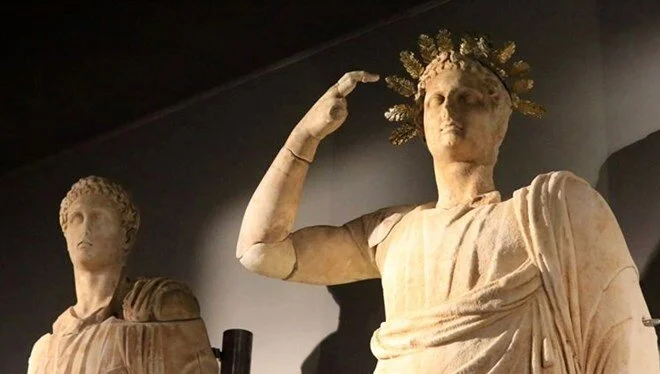
Manisa Museum Reopens After 25 Years: A Journey Through 12,000 Years of History
Located in the heart of western Türkiye, the Manisa Museum has reopened its doors to visitors after a 25-year closure. Now housed in a new, modern facility in the Yunusemre district, the museum offers a comprehensive view of Anatolia’s cultural and historical richness — spanning from the Paleolithic Age to the Ottoman Empire.
A New Chapter in a Historic City
Originally established in the 1930s next to the Muradiye Complex, the Manisa Museum was closed in 2000 due to extensive restoration work at its previous location. In 2025, the museum was officially reopened in its new building as part of the Türkiye Kültür Yolu Festival, under the auspices of the Turkish Ministry of Culture and Tourism.
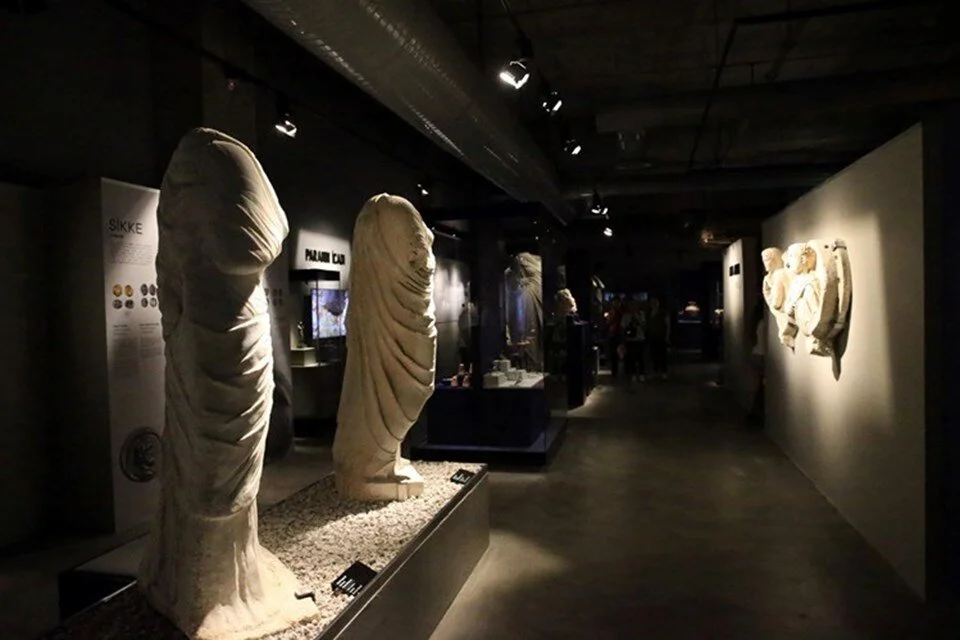
Highlights of the Collection
The museum showcases a wide chronological spectrum, featuring artifacts from various civilizations that once thrived in the region. Key pieces include:
- A volcanic tuff fragment with a human footprint dating back to the Paleolithic Age (approx. 10,000 BCE), discovered near the Çakallar Volcano in Salihli,
- Lydian eagle reliefs, associated with regional mythology and symbolism,
- A 2.6-meter marble statue of the goddess Hestia from excavations at the ancient city of Aigai,
- Roman and Hellenistic mosaics and sculptures,
- A collection of 1,700 Ottoman-era objects, including garments, furniture, and dining utensils used by Ottoman princes.
These artifacts provide insight into daily life, belief systems, artistic expression, and societal structures from prehistoric times to the early modern period.
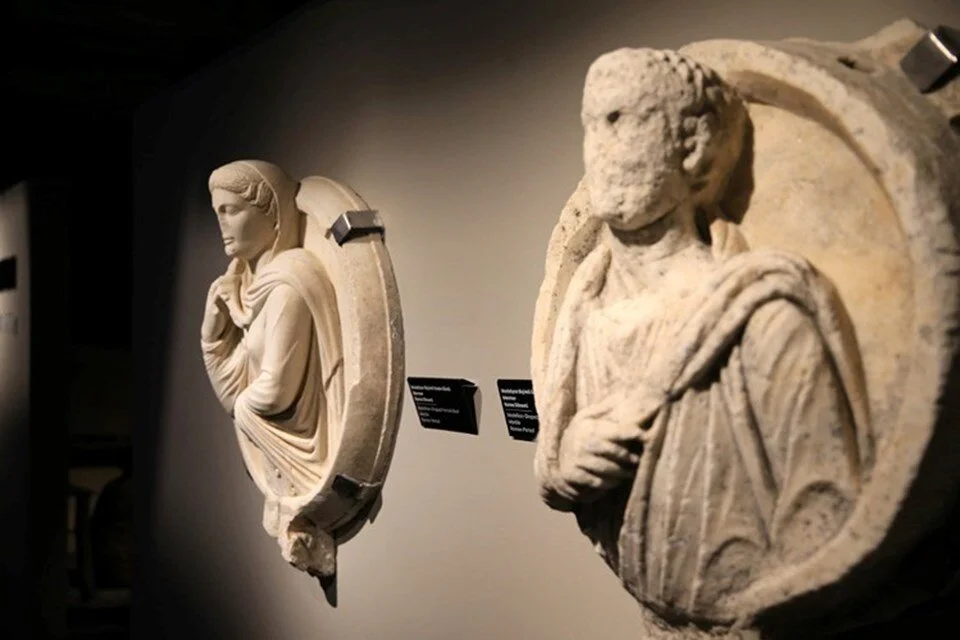
A Message from the Director
İbrahim Sudak, Director of Culture and Tourism for Manisa Province, emphasized the museum’s cultural importance:
“After a long and meticulous process, we are proud to welcome visitors once again. The museum reflects a timeline from the Paleolithic footprint to Roman mosaics and Ottoman court life. Each piece contributes to a broader understanding of this land’s rich heritage.”
Sudak noted that the museum is already drawing visitors not only from Manisa but also from neighboring provinces such as İzmir, Balıkesir, and Uşak.
Why Visit the Manisa Museum?
- Witness one of the oldest known human footprints in Anatolia
- Explore the artistic legacy of the Lydians, Romans, and Hellenistic world
- Discover everyday objects from the Ottoman imperial household
- Learn about ancient city-states like Sardis and Aigai through original artifacts
- Experience a museum designed with contemporary exhibition standards and historical integrity
You may also like
- A 1700-year-old statue of Pan unearthed during the excavations at Polyeuktos in İstanbul
- The granary was found in the ancient city of Sebaste, founded by the first Roman emperor Augustus
- Donalar Kale Kapı Rock Tomb or Donalar Rock Tomb
- Theater emerges as works continue in ancient city of Perinthos
- Urartian King Argishti’s bronze shield revealed the name of an unknown country
- The religious center of Lycia, the ancient city of Letoon
- Who were the Luwians?
- A new study brings a fresh perspective on the Anatolian origin of the Indo-European languages
- Perhaps the oldest thermal treatment center in the world, which has been in continuous use for 2000 years -Basilica Therma Roman Bath or King’s Daughter-
- The largest synagogue of the ancient world, located in the ancient city of Sardis, is being restored

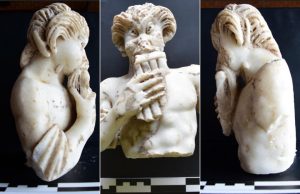
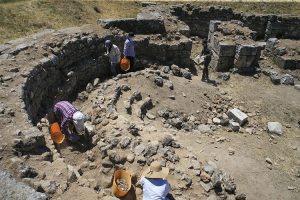
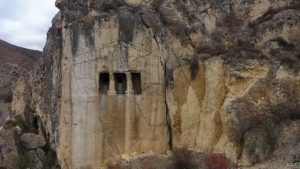
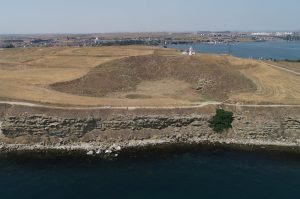
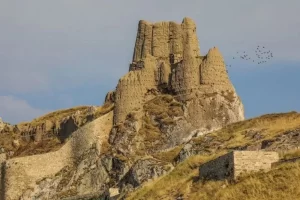
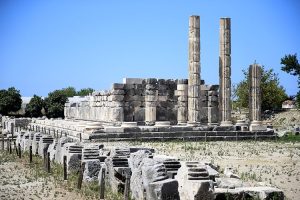


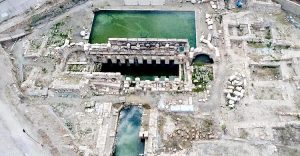
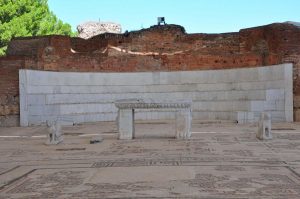
Leave a Reply